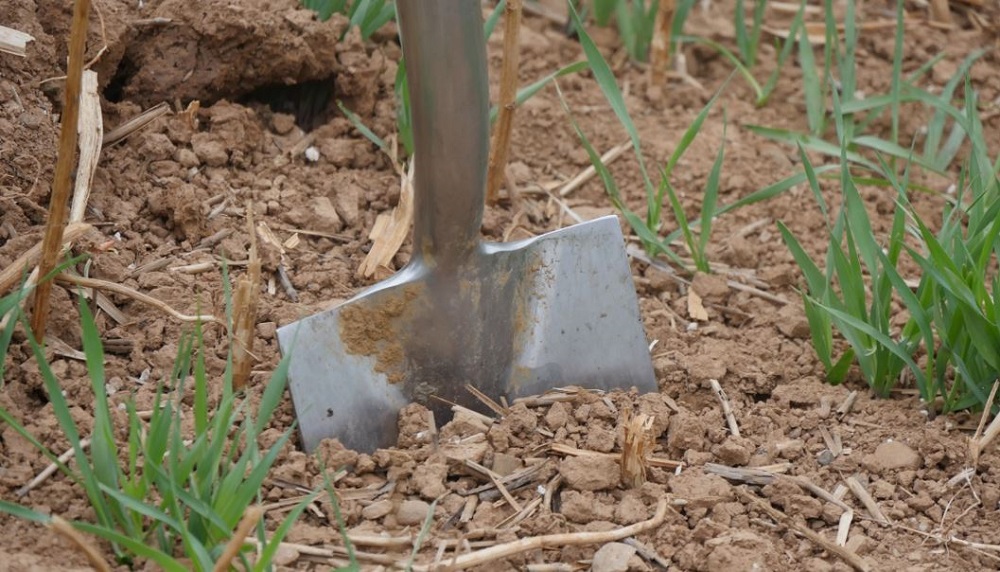- Home
- Knowledge library
- How soil type affects cultivation and establishment for arable crops
How soil type affects cultivation and establishment for arable crops
To adopt the least disruptive cultivation approaches possible, it is essential to understand the soil’s natural capability to self-structure (repair itself) and to avoid overworking it.
What is a self-structuring soil?
Often, self-structuring soils:
- Are well-drained
- Are composed of highly stable aggregates that can withstand breakdown (by water and wind)
- Have a calcareous loamy or clay loam texture
- Have good organic matter content and biological activity
Well-drained, heavy restructuring and, especially, light self-restructuring soils lend themselves to minimal or no-till cropping systems.
Opportunities for loosening:
- Clays are better cultivated when soil conditions are drier
- On shrinking clay soils, a dry season can produce effective fissures/cracks without needing deep cultivations
- Shallow surface tillage will move small clods into the cracks, with more fissures created when the soil swells; this creates a longer-term, stable series of natural cracks to assist root passage
 AHDB
AHDB
Less well self-structuring soils
Often, less well self-structuring soils:
- Are based on alluvial deposit, often high in sodium content
- Have high sand or silt content
- Have low calcareous content
- Are situated on steep slopes (especially in areas of high or highly concentrated rainfall)
Soils, such as sands and silts, are prone to slumping. Often, they benefit from mechanical intervention – even where cover crops are used.
Loosening opportunities:
Leave soils until they are moist if you have:
- Silty soils, which are prone to capping and settlement
- Sandy soils, which are prone to slumping
This is because sandy soils loosen most effectively when moist. This will help to avoid reconsolidation before roots can stabilise the soil.
What is overworked soil?
Although intensively worked soils can cure short-term issues (for example, weeds and poor seed-to-soil contact), the approach is costly in terms of labour and machinery.
The mechanical stirring of soil can also compromise natural soil structure by:
- Compacting and shearing aggregates
- Filling pore spaces
- Speeding up the decay and oxidation of organic matter
Overworked soils are more prone to slumping and capping, particularly if the soil has high silt content.
Repeated cultivation, especially at the same depth, also causes compacted zones that restrict water and root passage.
The extent of damage depends on the type and severity of cultivation, as well as the condition of the soil – whether it is wet or dry, hard, soft or loose.
Useful links
Learn about the impacts of poor soil structure
Back to: How soil factors affect cultivation and establishment for arable crops

